20 Surprising Facts About Naruto You Might Not Know
Surprises in the World of Shinobi
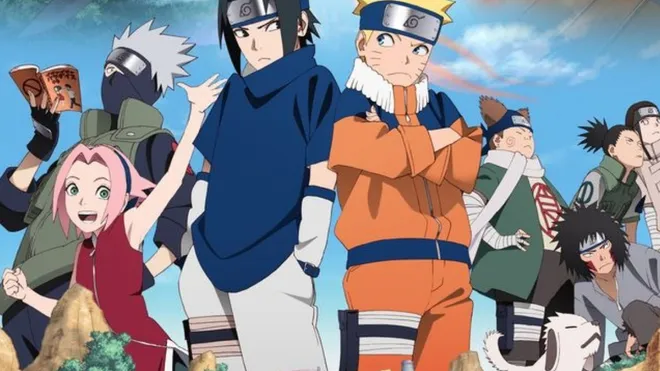
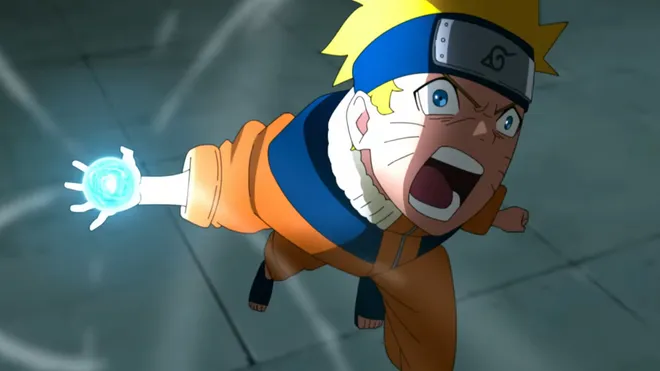
Inspirations and the Original Vision of Naruto
 1. Naruto as a Fox Demon
1. Naruto as a Fox Demon
Only Naruto remained from the first episode, and he was completely different. Everything else was changed.
Like most TV series and mangas, 'Naruto' also went through a pilot creation process before being officially published. In 1997, the first-ever 'Naruto' comic appeared, a pilot version published in Akamaru Jump magazine. This preliminary sketch of the series was significantly different from the final version we know today. Instead of an ancient 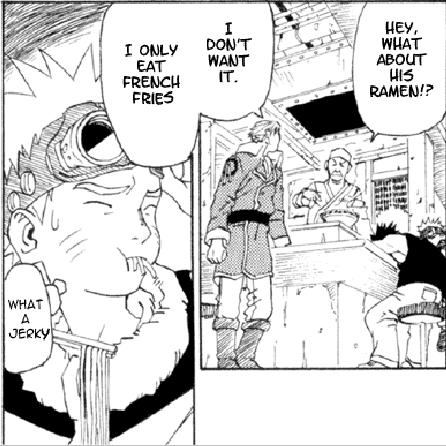
 2. The Origin of Sasuke Uchiha
2. The Origin of Sasuke Uchiha
Sasuke comes from an old manga from 1961.
Sasuke Uchiha, a character who became one of the pillars of the 'Naruto' series, owes his roots to a manga classic - 'Sasuke' by Sanpei Shirato. Published in 1961, this manga tells the story of a young hero named Sasuke, whose life changes dramatically after his village is destroyed. The similarity in the names of the characters and the deep personal tragedy that drives the main character to action are directly reflected in 'Naruto'. It's fascinating how Masashi Kishimoto drew from this classic work, transforming the original concept into one of the most complex and layered characters of his series. The adoption of the theme of a young warrior seeking revenge and transformation after personal trials clearly indicates Kishimoto's deep respect for manga traditions, while also showcasing his ability to create modern adaptations of classic themes.
3. 'Dragon Ball Z' - A Tribute to the Classic
Dragon Ball Easter eggs.

Four-Tailed Monkey: The character of the demon Roshi in 'Naruto', harboring a four-tailed monkey demon, is a nod to Son Goku from 'Dragon Ball', who could transform into a giant ape.
Chiaotzu Mask: In one scene in 'Naruto', a mask of Chiaotzu, a character from 'Dragon Ball', appears, which is a direct reference to the series.
Jiraiya and Master Roshi: Both characters share similarities in personality - they are somewhat perverted and serve as mentors. This also reflects an even older archetype of martial arts mentor in Japanese and Chinese cultures.
Energy Techniques: The similarity of energy techniques in 'Naruto', like Rasengan, to those in 'Dragon Ball', such as Kamehameha, highlights Kishimoto's inspiration.
Sage Mode and Super Saiyan: Naruto's transformation into Sage Mode visually resembles the transformation into a Super Saiyan in 'Dragon Ball'.
Rivalry and Friendship: The relationship between Naruto and Sasuke echoes the rivalry and friendship between Goku and Vegeta from 'Dragon Ball'.
Plot Mysteries: Unexpected Twists and Turns
 4. The Mighty Madara
4. The Mighty Madara
So powerful that even the author didn't know how to defeat him.
One of the more surprising elements of the "Naruto" storyline is how the creators dealt with the challenge of defeating Madara Uchiha, one of the main antagonists. Madara, a character of immense power and complex background, so dominated the scene that even Masashi Kishimoto admitted to struggling with devising a way to defeat him. The author grappled for a long time with ideas on how to conclude the main antagonist's story. We know he eventually succeeded (with the help of nearly every major character that had appeared so far). However, it shows how characters evolve from episode to episode in such a way that even the author himself can find it difficult to predict where they will end up.
 5. The Dark Side of Konoha
5. The Dark Side of Konoha
The local community wants the death of a "possessed" child.
In the first chapter of the series, it was revealed that Naruto Uzumaki, the main character, was targeted for assassination by the inhabitants of his village, Konoha. This dark side of Naruto's story casts a shadow over the image of the village as a safe haven, revealing the darker aspects of the ninja society. The vision of a child being the target of murder due to the fear of the powerful demon trapped within him exemplifies how "Naruto" can combine innocent dreaming with the brutality of the shinobi world.

 6. Itachi and Genjutsu
6. Itachi and Genjutsu
24 hours of torturing his own brother.
The scene where Itachi Uchiha uses genjutsu to torture his brother Sasuke for what seems to be over 24 hours is one of the most shocking and emotionally intense moments in the entire series. In reality, Sasuke experiences the torture for only a short moment, but for him, it lasted many hours. This scene highlights both Itachi's power as a master of illusion and the complicated, painful relationship between the two Uchiha brothers, adding depth to their tragic characters and the conflict that defines their lives.
Behind the Scenes of Naruto
 7. Masashi Kishimoto's Dedication
7. Masashi Kishimoto's Dedication
Delayed his honeymoon because of Naruto.
Masashi Kishimoto's dedication to creating the world of "Naruto" was so great that he delayed his honeymoon to focus on working on the manga. His commitment to the project for nearly two decades highlights not just his passion for creation but also the dedication required to develop such an expansive and influential series. This fact sheds light on the intensity and pressure experienced by manga creators to meet the expectations of fans and publishers.

 8. Fillers - Anime Episodes Not From the Manga
8. Fillers - Anime Episodes Not From the Manga
Tolerated, but annoying.
The "Naruto" anime possesses a significant number of filler episodes, meaning many of them did not directly base on manga events. While fillers can be seen as a solution allowing the manga artist to keep up with creating new chapters, for many fans, they were an obstacle, distracting from the main storyline. This aspect of anime production shows the dilemmas associated with adapting popular mangas and balancing between fidelity to the source and the needs of the television series.

 9. Impact of Kishimoto's Life on Characters
9. Impact of Kishimoto's Life on Characters
Thanks to the birth of Kishimoto's child, Naruto saw his parents.
The personal experiences of Masashi Kishimoto, the author of "Naruto", had a profound impact on the development of the series, especially after he became a father. This change in his life significantly influenced the narrative of "Naruto" - Kishimoto, who originally did not plan for Naruto to meet his parents, altered this plot direction, allowing the main character to have an emotional encounter with Minato and Kushina. This change in the storyline reflected his own feelings as a father. Moreover, Kishimoto's commitment to the "Naruto" project for nearly two decades, with almost constant work and pressure, is reflected in the themes of perseverance and determination of characters, such as Naruto's relentless pursuit to become Hokage. The themes of friendship, rivalry, and seeking acceptance, which are crucial to the series, may also reflect Kishimoto's personal experiences from his youth, where, like Naruto, he struggled to find his place in the world and develop his passions. His life experiences, both as an artist and a parent, enriched "Naruto" with a deep human dimension that resonates with readers worldwide.
Where Does 'Naruto' Appear? - From Astrology to Musicals
 10. Naruto Uzumaki – Libra
10. Naruto Uzumaki – Libra
Naruto in horoscopes.
Naruto Uzumaki, a character known for his vibrant nature and unwavering belief in friendship, was born on October 10th, making him a Libra in astrology. His traits, such as balance, the pursuit of justice, and the ability to build relationships, perfectly reflect the characteristics of this zodiac sign. Masashi Kishimoto's choice of this particular birth date for the main character was not random - it reflects both the cultural importance of astrology in Japan and the symbolic significance these traits hold in the context of the entire series. Interestingly, the influence is now reversed. It is on astrology pages that Libra is often described using Uzumaki as an example.

 11. 'Naruto' Censorship for the U.S. Audience
11. 'Naruto' Censorship for the U.S. Audience
Asuma Quits Smoking
When 'Naruto' debuted in the United States, it faced the need to adapt to American standards and censorship norms. The most significant changes included the removal or modification of scenes that might be deemed too violent or inappropriate, such as Asuma's smoking. In the Japanese version (and most of the world), Asuma appears with an inseparable cigarette in all scenes. As one might guess - characters smoking cigarettes and other things in films also reaching a younger audience is not something that could pass - hence it was subjected to censorship in the USA. This adaptation shows the cultural differences in the perception of media content between Japan and the USA, emphasizing how global distributions have to balance between fidelity to the original and local expectations and norms.
 12. The Success of the 'Naruto' Musical
12. The Success of the 'Naruto' Musical
Live-Action Naruto in Musical Form
Debuting in 2015 in Japan, the 'Naruto' musical transported the dynamic world of manga and anime onto the theatrical stage. This spectacle, combining singing, dancing, and impressive fight sequences, achieved significant success, testifying to the wide recognition and popularity of 'Naruto' as a cultural phenomenon. The stage adaptation of Naruto's story allowed fans to experience their favorite series in an entirely new form, simultaneously attracting a new audience and extending the influence of 'Naruto' beyond the world of manga and anime. The success of this musical highlights the universality of 'Naruto's' message and its ability to cross boundaries between different forms of art.
Tricks and Easter Eggs
 13.Where are Uzamaki's googles?
13.Where are Uzamaki's googles?
The Ninja Headband Easier to Draw Than Goggles
One of the most recognizable elements of 'Naruto' - the ninja headband - originated from Masashi Kishimoto's pursuit of simplifying the drawing process. In the original sketches, Naruto wore goggles, which proved time-consuming to draw due to the need to depict light reflections. Seeking a simpler solution, Kishimoto replaced the goggles with a ninja headband, which quickly became one of the defining symbols of the series. This change, although initially motivated by practical considerations, gave the characters a distinctive and recognizable appearance.

 14. The Frogs of 'Naruto'
14. The Frogs of 'Naruto'
The Secret Meaning Behind the Names of Frogs Pays Tribute to Japanese Actors
The frog characters in 'Naruto', including Gamabunta and Shima, bear the names of famous Japanese actors. This subtle detail is a tribute from Kishimoto to Japanese cinema and culture. Naming these creatures after actors like Bunta Sugawara and Shima Iwashita not only adds a layer of depth to the world of 'Naruto' but also connects the series to the rich Japanese artistic tradition. This amusing and intelligent reference highlights Kishimoto as a creator who draws from the rich culture of his country.

 15. Original Image of Kakashi
15. Original Image of Kakashi
Stern Kakashi vs. Nurturing Kakashi
Kakashi Hatake, one of the most beloved characters in 'Naruto', was initially meant to be a much stricter and more ruthless teacher. The early plans for this character suggested that Kakashi would be a much more serious and unyielding figure, even having a specific saying: "gozaru" (an ending phrase in ancient and very formal Japanese language). However, as the character developed, Kishimoto decided to give Kakashi a more balanced and nurturing character, which added greater depth and warmth to his relationships with Team 7. This change in Kakashi's concept allowed for the creation of a character who is both strong and authoritative, yet empathetic and mentoring, significantly affecting the dynamics and development of both him and his students. This change shows how flexibility in character development can enrich the narrative and create more complex and memorable characters.
Trivia and Lesser-Known Facts
 16. Height of Uzamaki
16. Height of Uzamaki
Naruto grows along with the fans
Throughout the 'Naruto' series, we see not only the emotional and combat skills development of the title character but also his physical growth. Naruto starts his adventure as a 12-year-old boy with a height between 145 and 147 centimeters. As the series progresses and the character develops, Naruto grows, reaching a height of about 166 centimeters in the second part of the series, known as 'Naruto Shippuden'. This growth not only signifies the passage of time in the narrative but also shows his maturation and evolution as a ninja.

 17. Child Soldiers in the World of Naruto
17. Child Soldiers in the World of Naruto
The dark aspect of the Naruto world
One of the more controversial aspects of the world depicted in 'Naruto' is the use of children as soldiers. In the ninja world, children around the age of 12 are trained and sent on missions – a harsh reality of ninja life. This practice, while criticized for depicting children in combat situations and being exploited by military organizations, also serves as a social commentary on the pressures and expectations placed on young people in challenging conditions.

 18. Sasuke's Unusual Element
18. Sasuke's Unusual Element
The Ice Ninja
In the early stages of creating the 'Naruto' series, Sasuke Uchiha was supposed to have the ability to control the element of ice, which would have been unique in the ninja world where classic elements such as fire, water, or earth dominated. This original concept was meant to make Sasuke a character with unique and rare powers, further emphasizing his special position and talent among other characters. However, this idea was ultimately abandoned in favor of more traditional skills associated with the Uchiha clan, such as fire control and abilities related to the Sharingan. This change, while reducing Sasuke's uniqueness in terms of elements, allowed for a deeper connection of his story and skills with the ancestral tradition and legend of the Uchiha clan.
Global Phenomenon and Cultural Impact of 'Naruto'
 19. Naruto Among the Giants of Manga
19. Naruto Among the Giants of Manga
In the top 5 most popular animes ever
'Naruto' by Masashi Kishimoto, since its debut in 1999, quickly became one of the best-selling manga in the world. By 2023, 'Naruto' had sold over 250 million copies globally, placing the series in an elite group alongside titles like 'One Piece', 'Dragon Ball', and 'Golgo 13'. 'Naruto's' success was significant not only in Japan but also internationally, where the manga became iconic. Besides sales, 'Naruto' inspired the formation of numerous fan clubs, discussion groups, and conventions, gathering a diverse and dedicated fan base.

 20. Naruto's Wide Range of Influences
20. Naruto's Wide Range of Influences
From schools to internet memes to Guinness records
-
In some schools worldwide, 'Naruto' has been used as an educational tool to teach Japanese language and culture, showing how manga and anime can serve as an intercultural bridge.
-
'Naruto' set several Guinness records, including one for the most people dressed as characters from a single manga/anime at major conventions.
-
The so-called 'Naruto Run' (running with arms stretched backward) became a popular internet meme and was even used in real-life events, such as the tongue-in-cheek "Storm Area 51" in 2019.
 Naruto: A Timeless Cultural Phenomenon
Naruto: A Timeless Cultural Phenomenon
Created by Masashi Kishimoto, 'Naruto' has grown beyond the confines of manga and anime, becoming a global symbol of perseverance and inner strength. Its impact on pop culture is undeniable, from video games and music to education and street art. The series has not only ignited the imagination of fans but also became a source of inspiration across various life domains.
Though Naruto's journey has ended, its influence and legacy continue. The character has transcended the boundaries of anime, becoming a subject of academic research and psychological analyses. 'Naruto' is no longer just entertainment but an important part of contemporary culture, inspiring reflections and discussions on youth, mass culture, and storytelling.
What began as a simple tale of a young ninja has become something much larger - a cultural phenomenon that has transformed the world of pop culture. From its influence on music to its significance in education, 'Naruto' extends far beyond the confines of traditional manga, becoming an integral part of our global cultural consciousness.
>> SEE ALSO SIMILAR ARTICLES:
Behind the Scenes of the Dragon Ball Phenomenon: History, Creator, and Inspirations.
Martial Arts in Anime: A Dynamic Intersection of Tradition and Pop Culture
Ninja Among Samurai: Following the Shadow Path of Ninjutsu with Hattori Hanzo
"Strong Japanese Women"
see book by the author
of the page
未開 ソビエライ
An enthusiast of Asian culture with a deep appreciation for the diverse philosophies of the world. By education, a psychologist and philologist specializing in Korean studies. At heart, a programmer (primarily for Android) and a passionate technology enthusiast, as well as a practitioner of Zen and mono no aware. In moments of tranquility, adheres to a disciplined lifestyle, firmly believing that perseverance, continuous personal growth, and dedication to one's passions are the wisest paths in life. Author of the book "Strong Women of Japan" (>>see more)
Personal motto:
"The most powerful force in the universe is compound interest." - Albert Einstein (probably)
Mike Soray
(aka Michał Sobieraj)
未開 ソビエライ
An enthusiast of Asian culture with a deep appreciation for the diverse philosophies of the world. By education, a psychologist and philologist specializing in Korean studies. At heart, a programmer (primarily for Android) and a passionate technology enthusiast, as well as a practitioner of Zen and mono no aware. In moments of tranquility, adheres to a disciplined lifestyle, firmly believing that perseverance, continuous personal growth, and dedication to one's passions are the wisest paths in life. Author of the book "Strong Women of Japan" (>>see more)
Personal motto:
"The most powerful force in the universe is compound interest." - Albert Einstein (probably)
Mike Soray
(aka Michał Sobieraj)
Write us...
Ciechanów, Polska
dr.imyon@gmail.com
___________________
inari.smart
Would you like to share your thoughts or feedback about our website or app? Leave us a message, and we’ll get back to you quickly. We value your perspective!


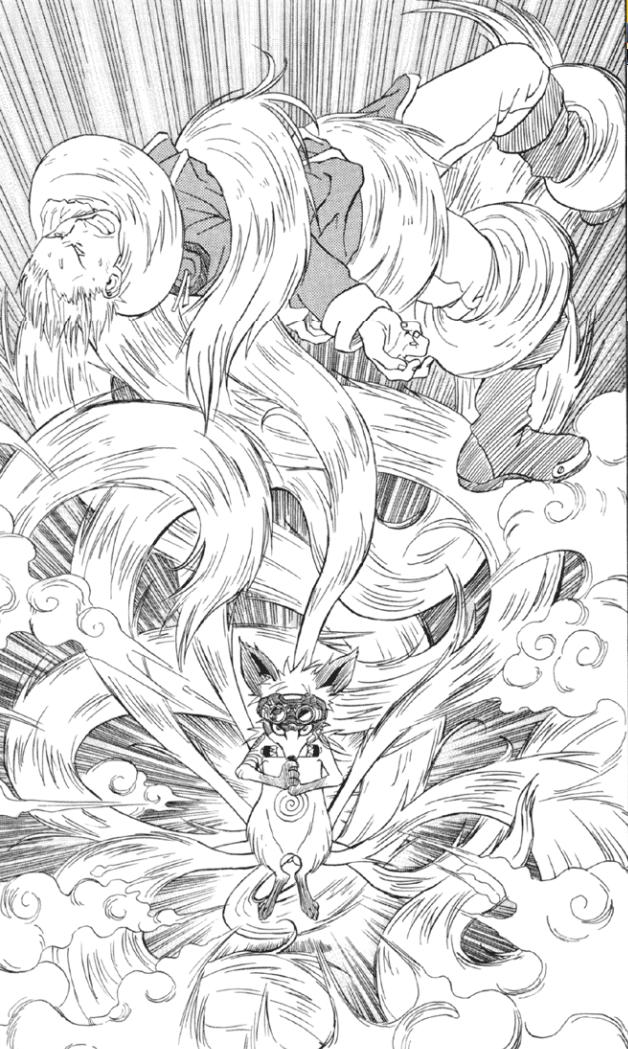 1. Naruto as a Fox Demon
1. Naruto as a Fox Demon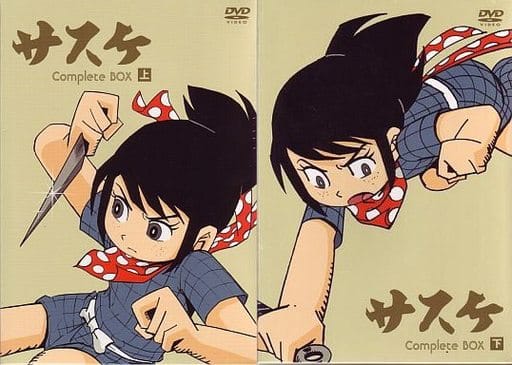
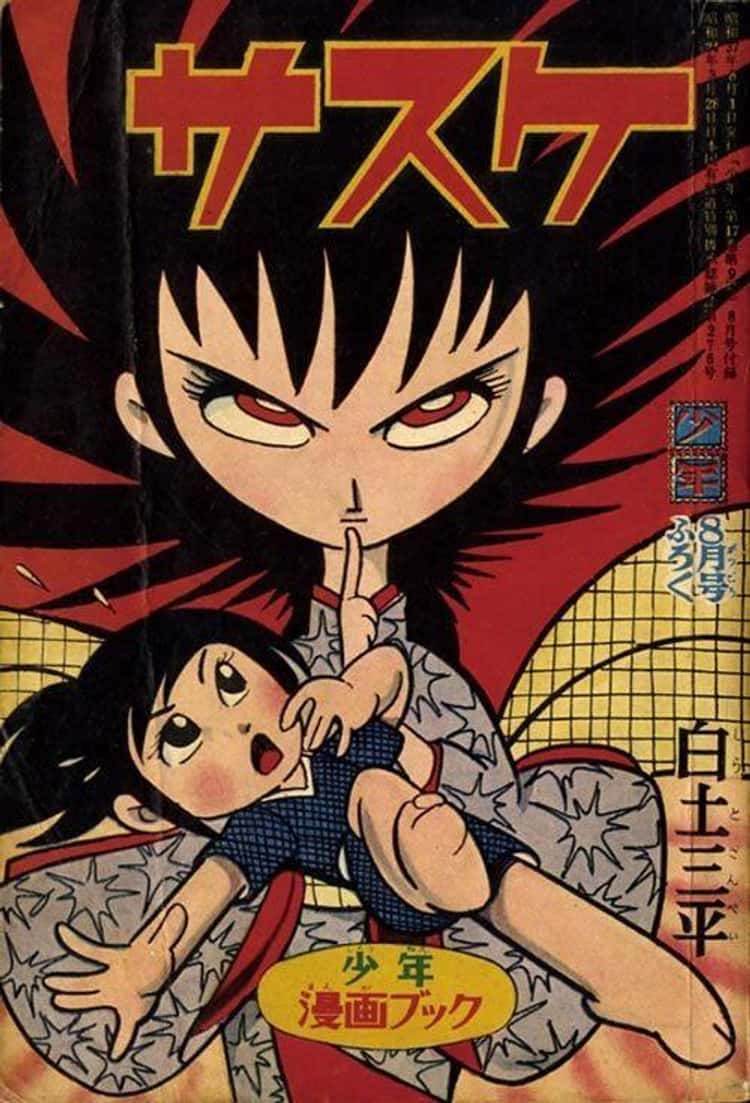 2. The Origin of Sasuke Uchiha
2. The Origin of Sasuke Uchiha


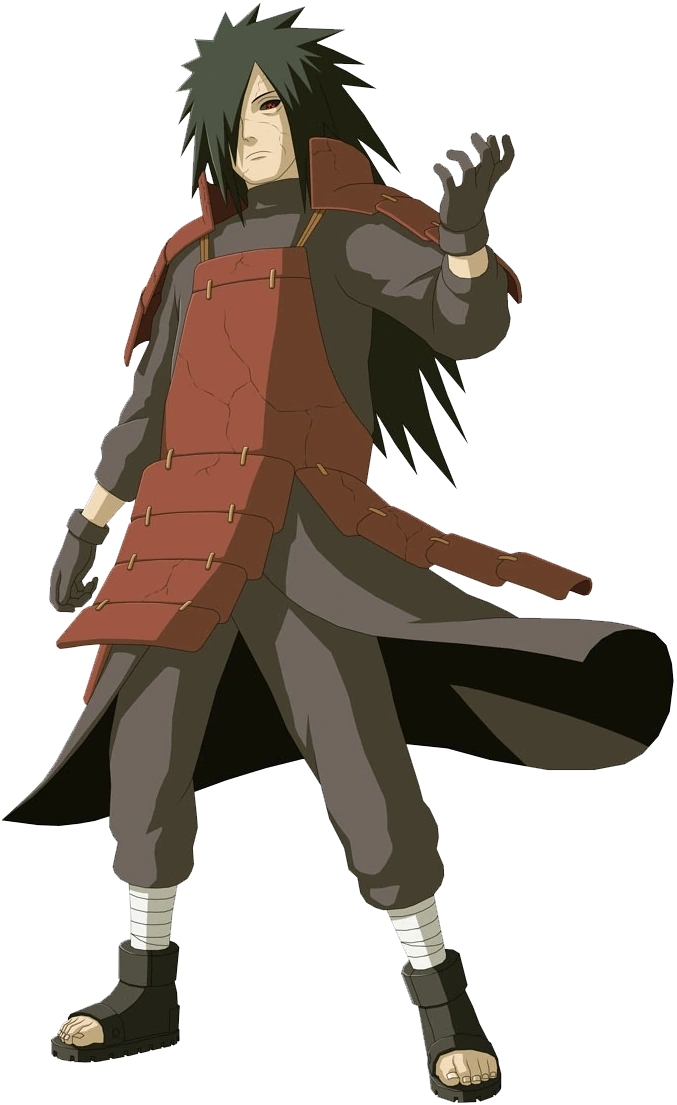 4. The Mighty Madara
4. The Mighty Madara
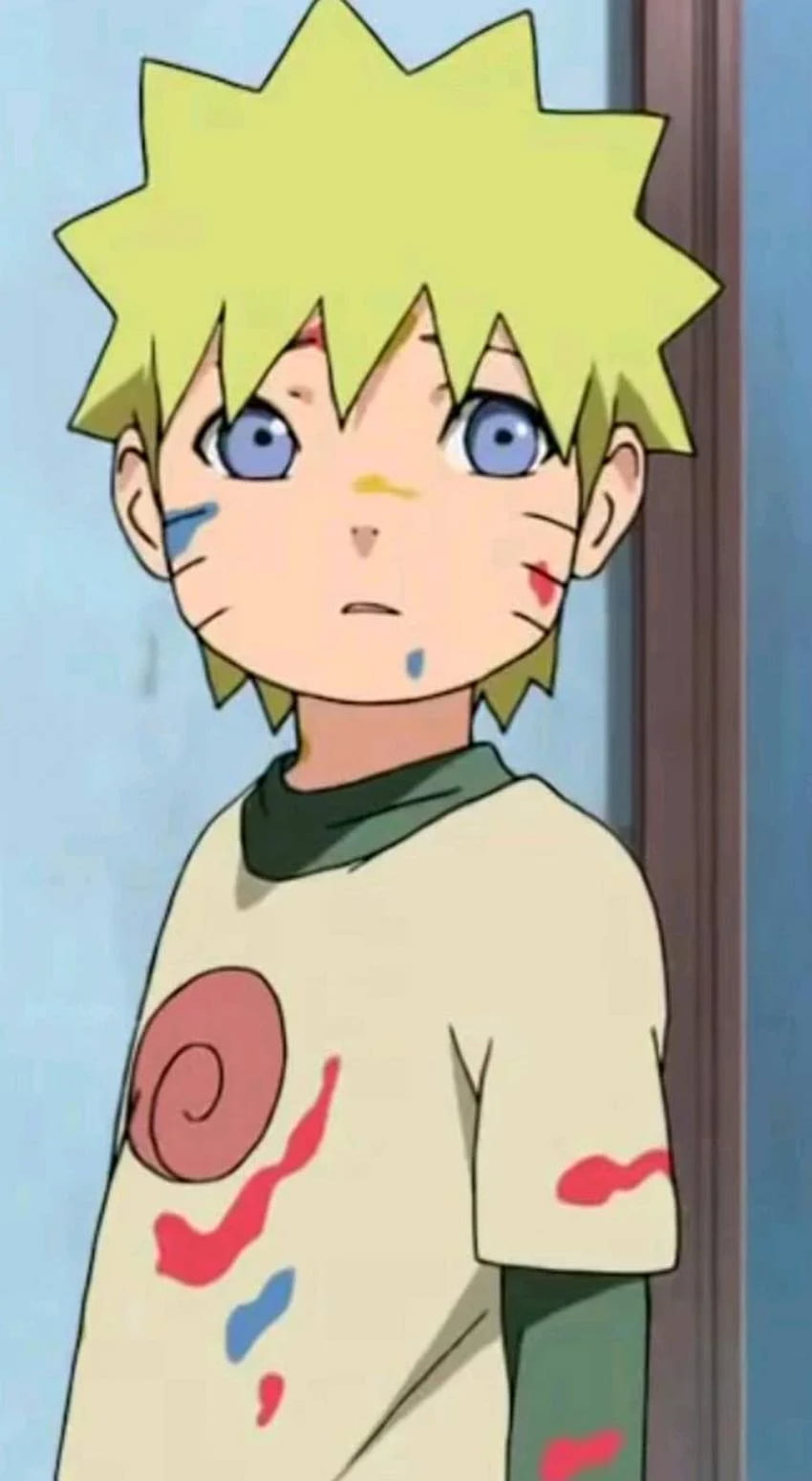 5. The Dark Side of Konoha
5. The Dark Side of Konoha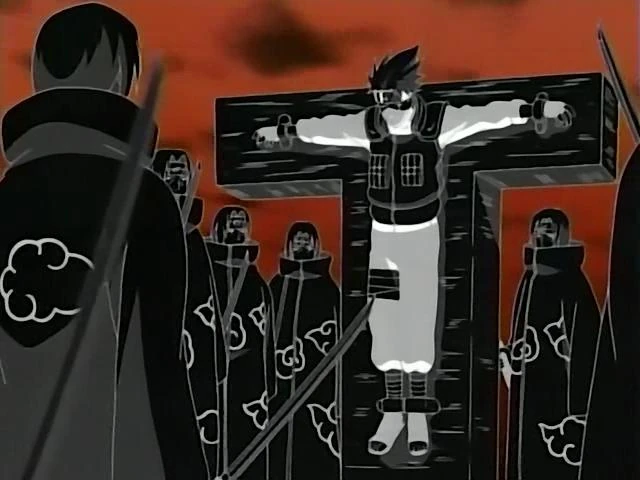
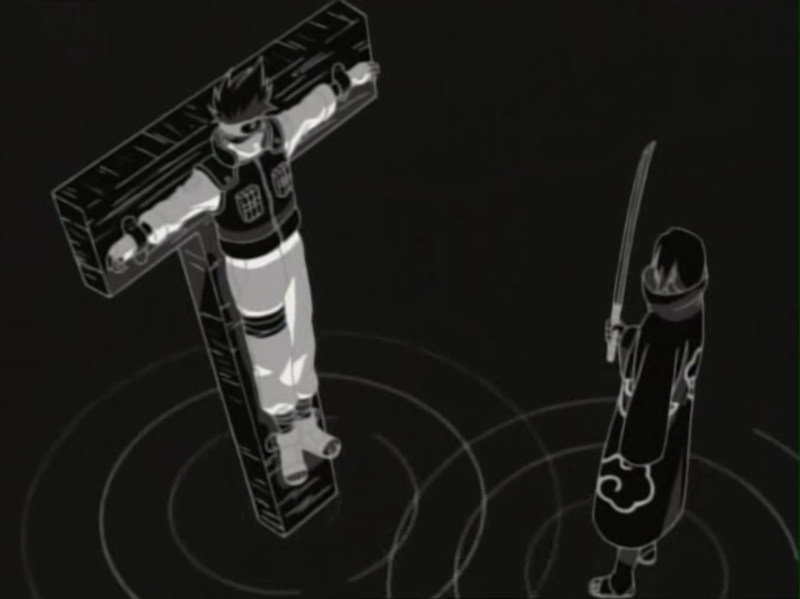 6. Itachi and Genjutsu
6. Itachi and Genjutsu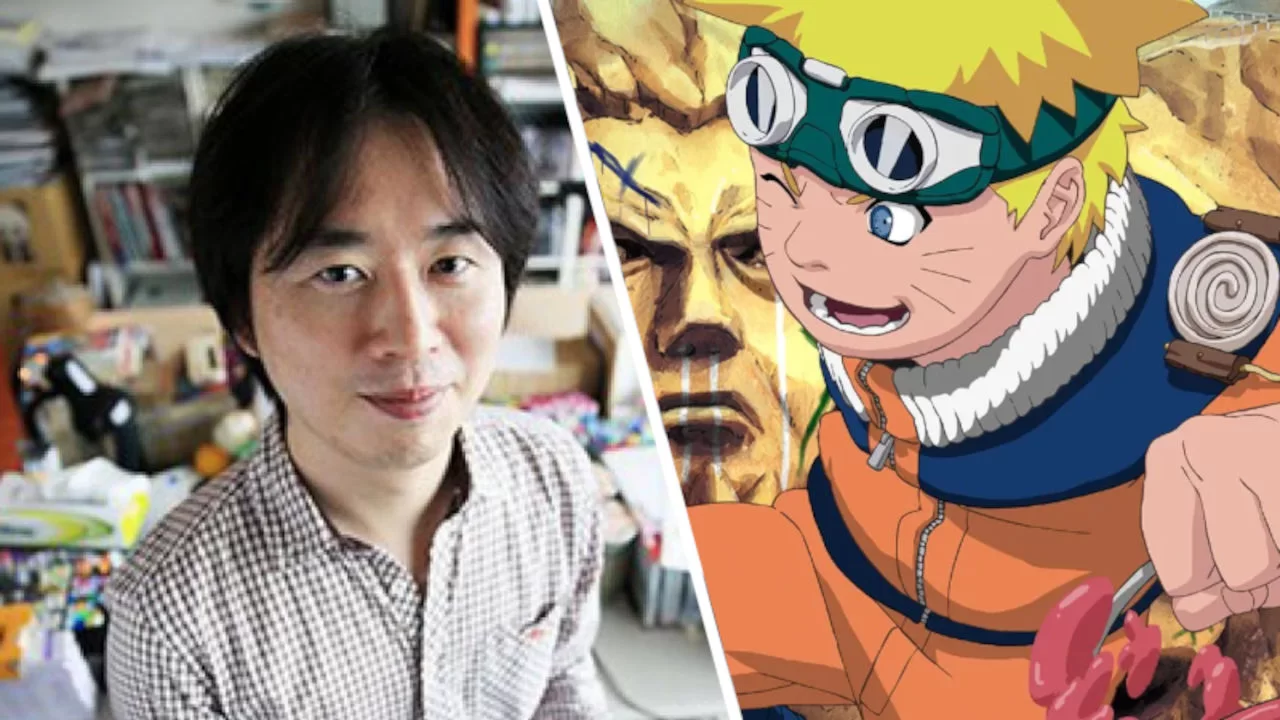
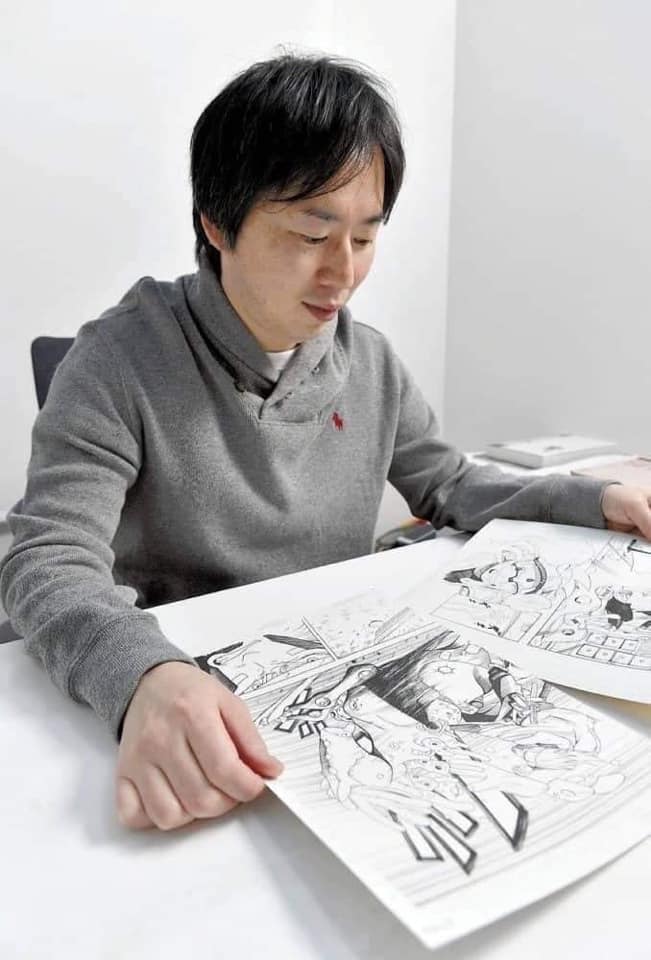 7. Masashi Kishimoto's Dedication
7. Masashi Kishimoto's Dedication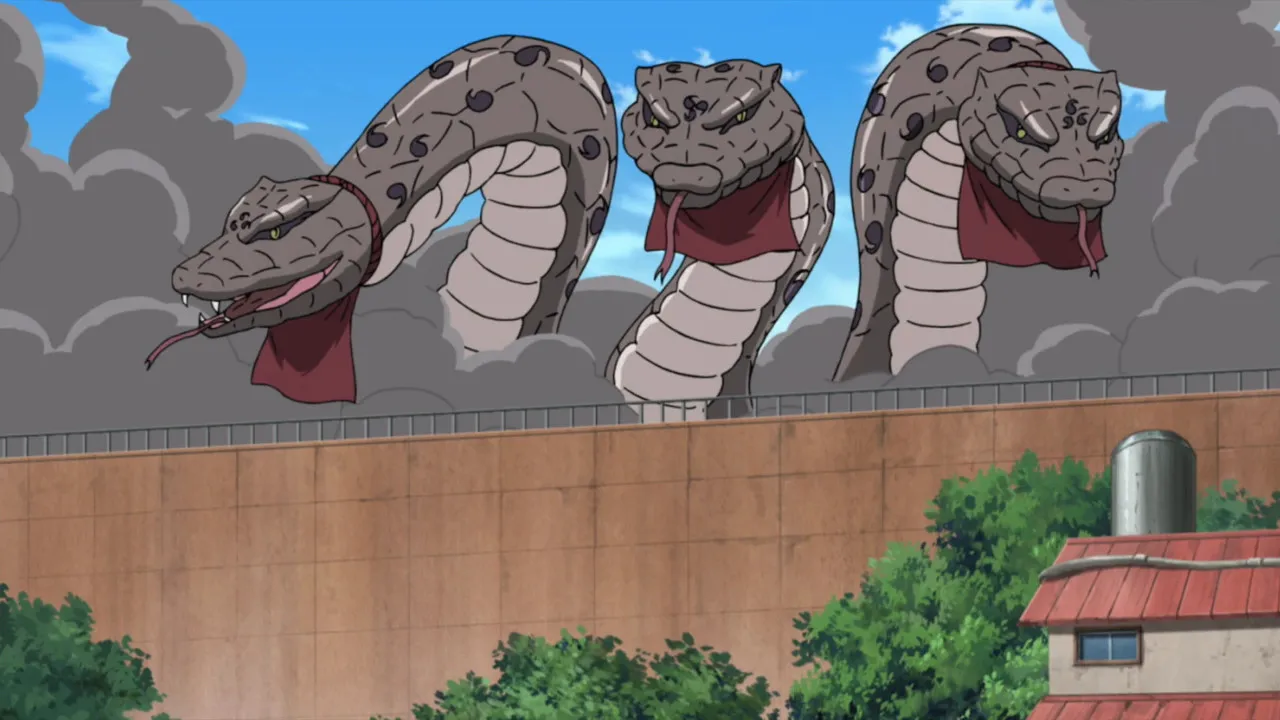
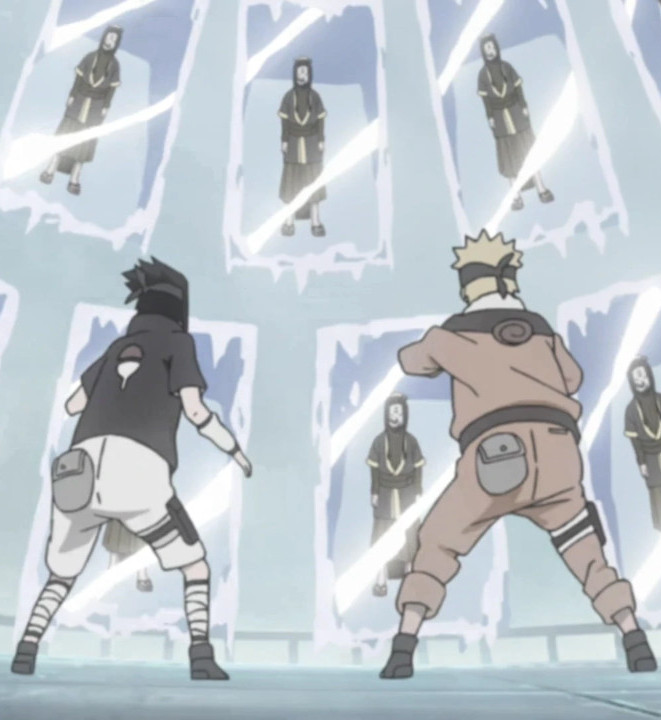 8. Fillers - Anime Episodes Not From the Manga
8. Fillers - Anime Episodes Not From the Manga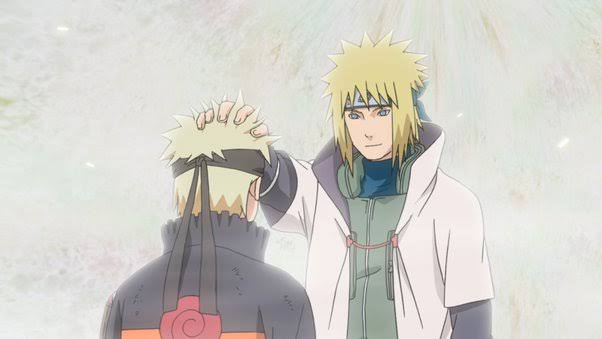
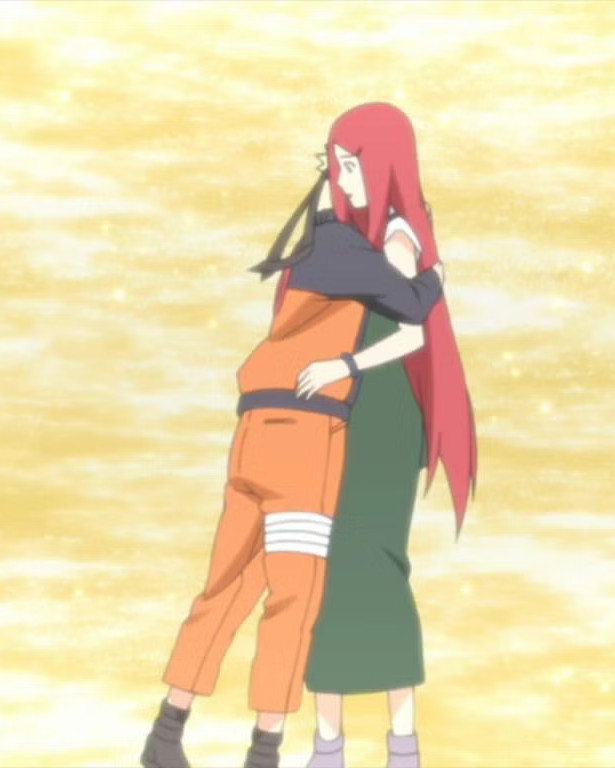 9. Impact of Kishimoto's Life on Characters
9. Impact of Kishimoto's Life on Characters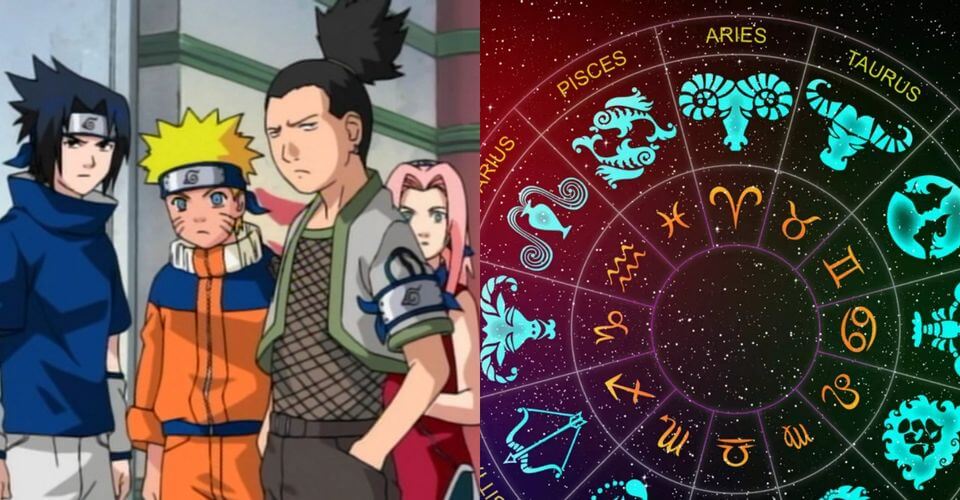
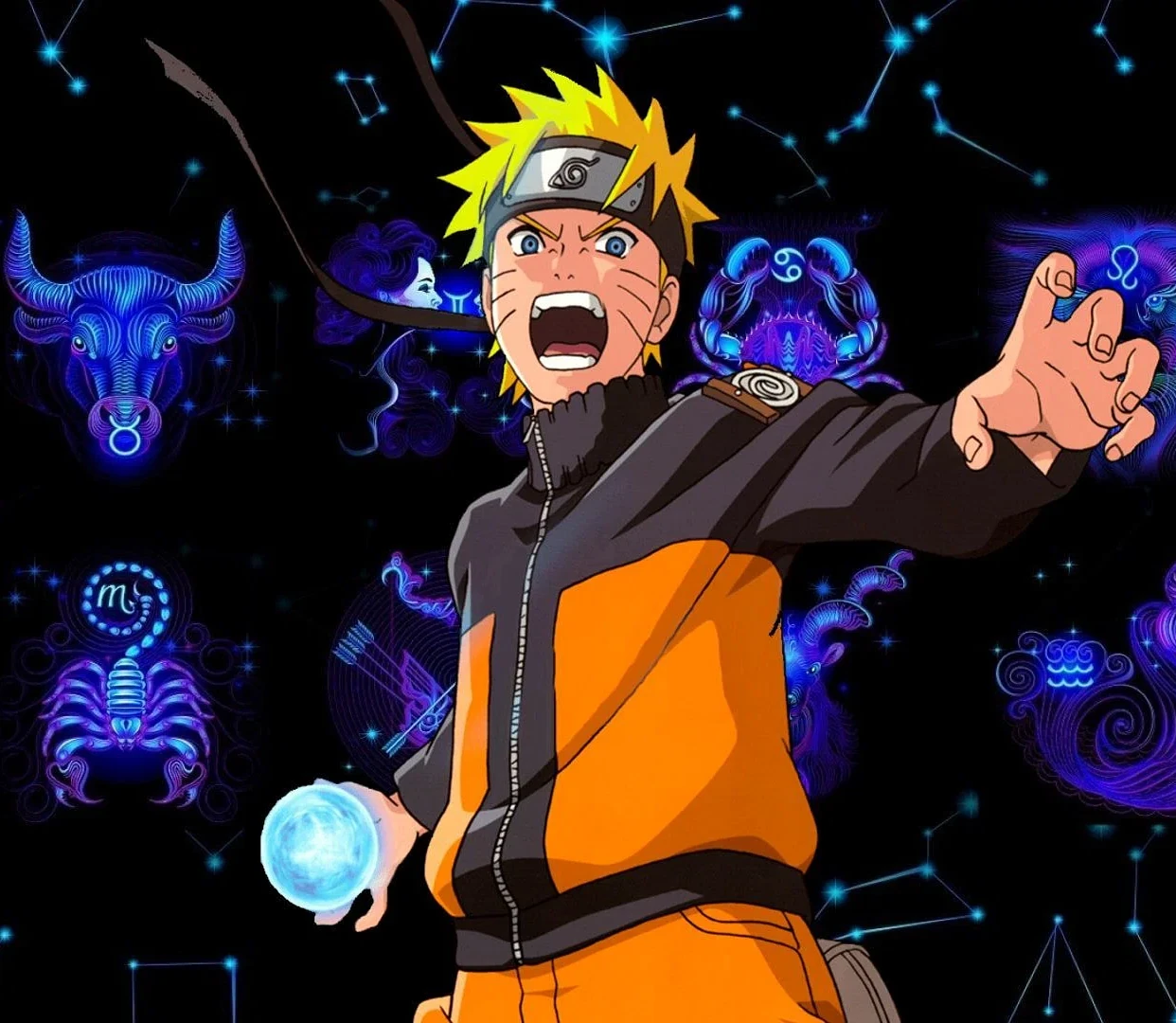 10. Naruto Uzumaki – Libra
10. Naruto Uzumaki – Libra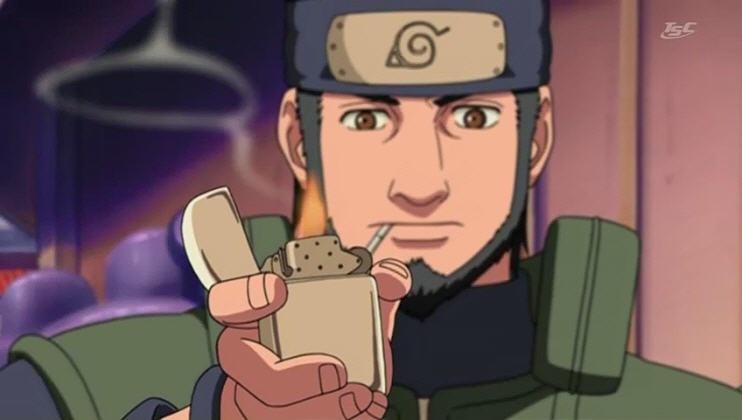
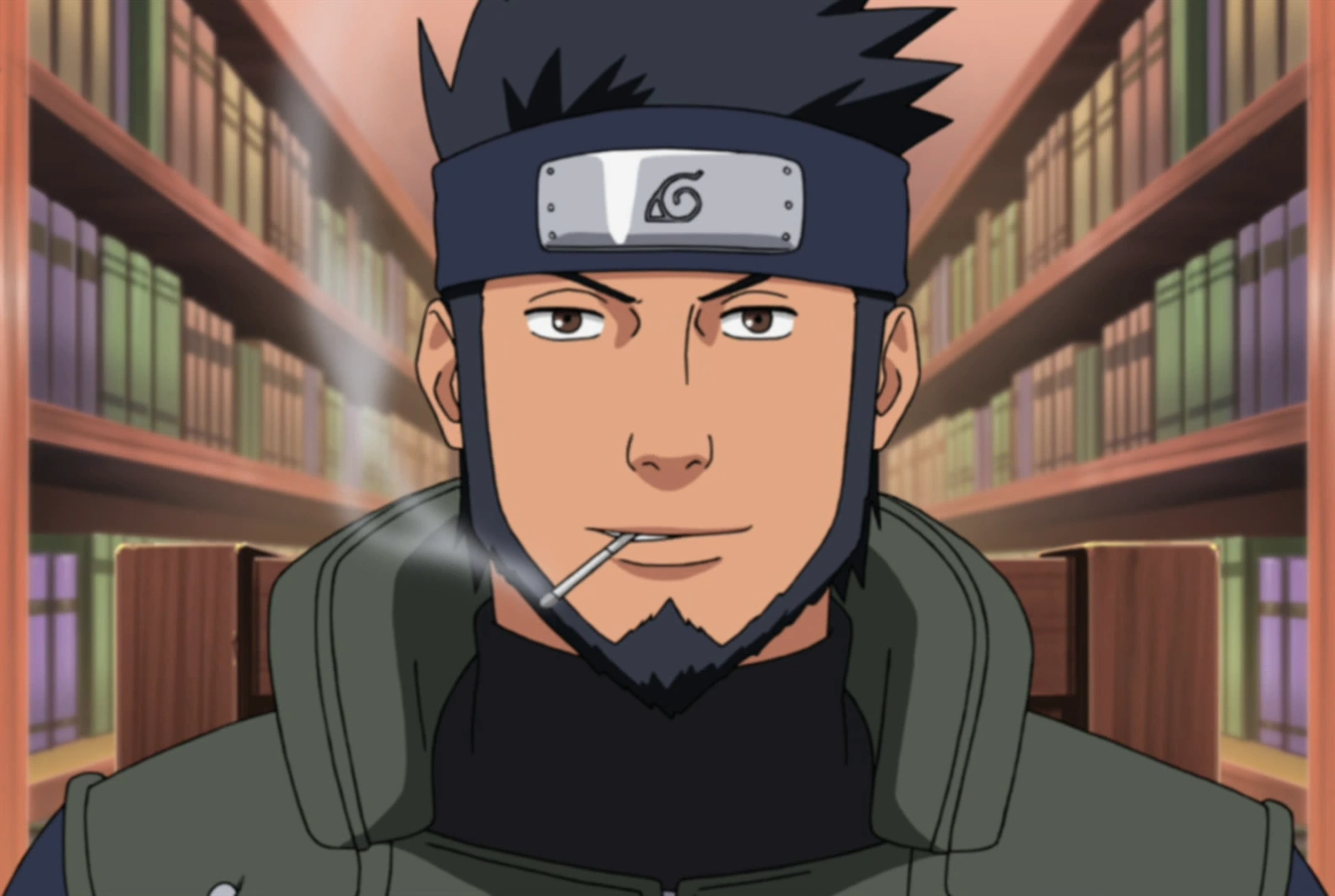 11. 'Naruto' Censorship for the U.S. Audience
11. 'Naruto' Censorship for the U.S. Audience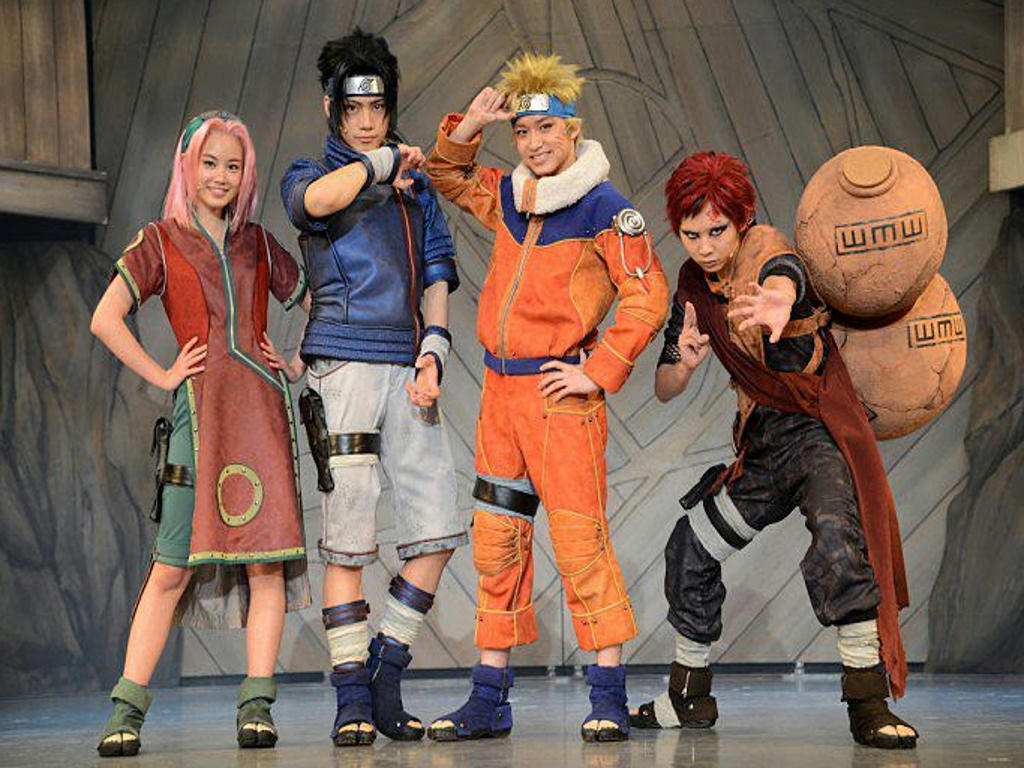 12. The Success of the 'Naruto' Musical
12. The Success of the 'Naruto' Musical
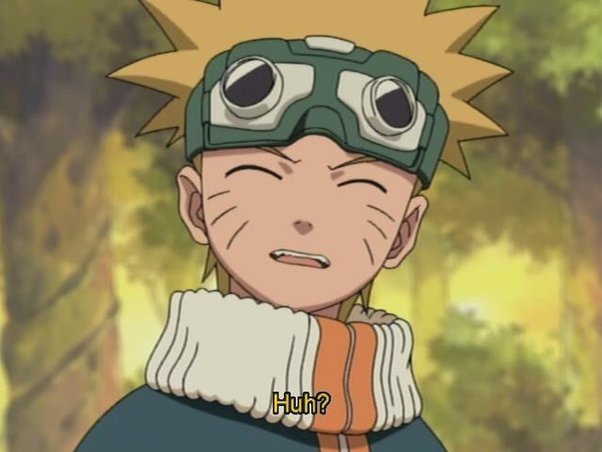 13.Where are Uzamaki's googles?
13.Where are Uzamaki's googles?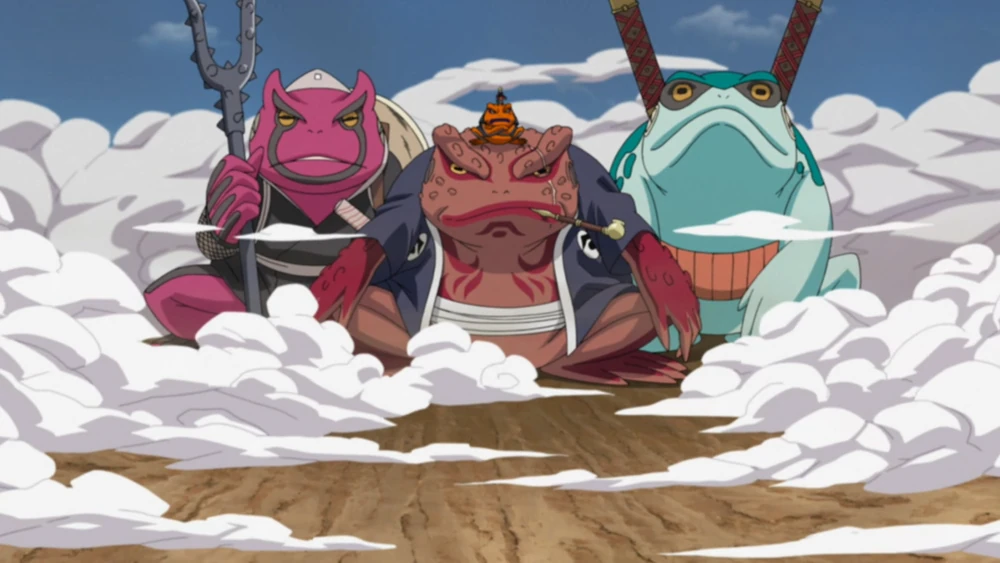
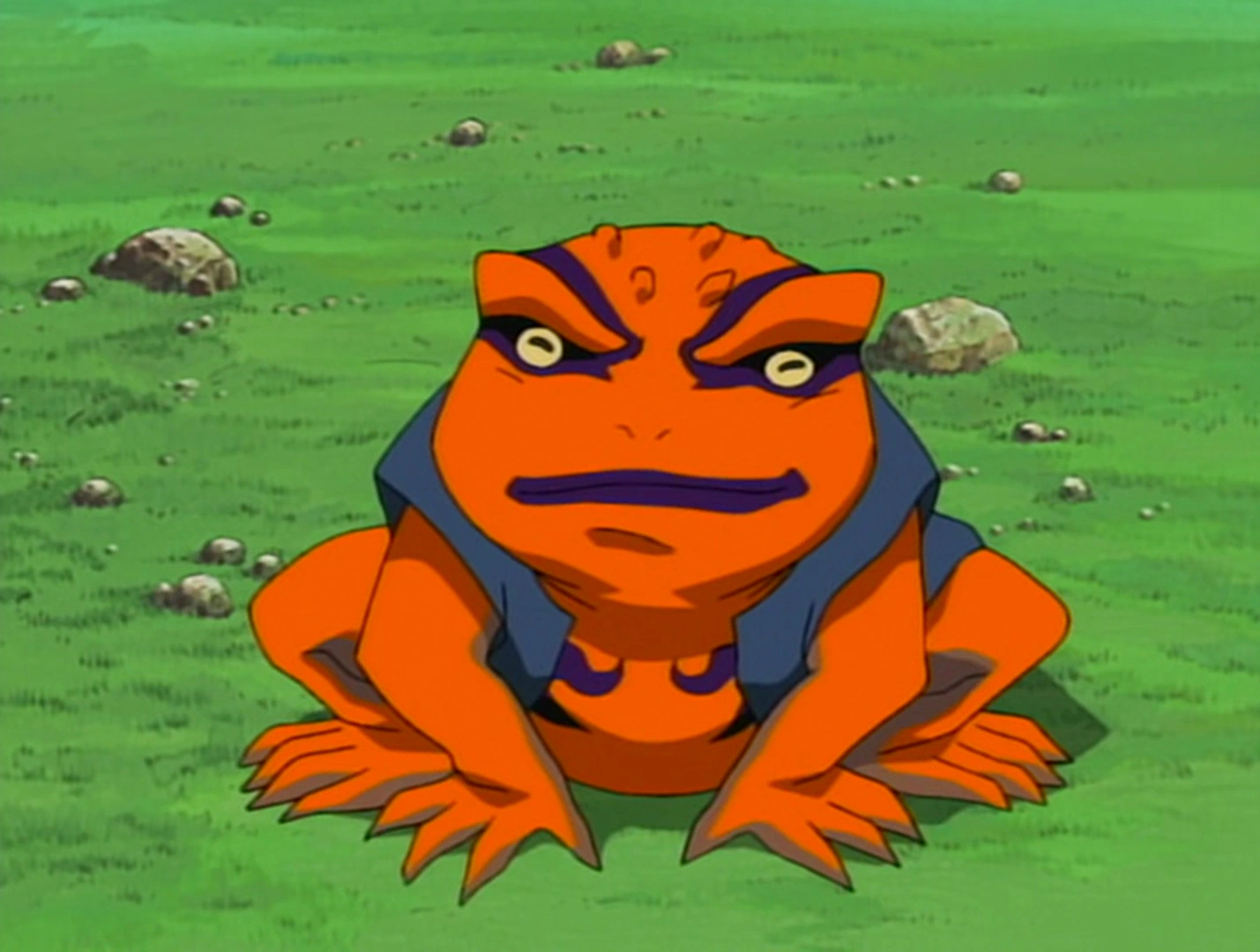 14. The Frogs of 'Naruto'
14. The Frogs of 'Naruto'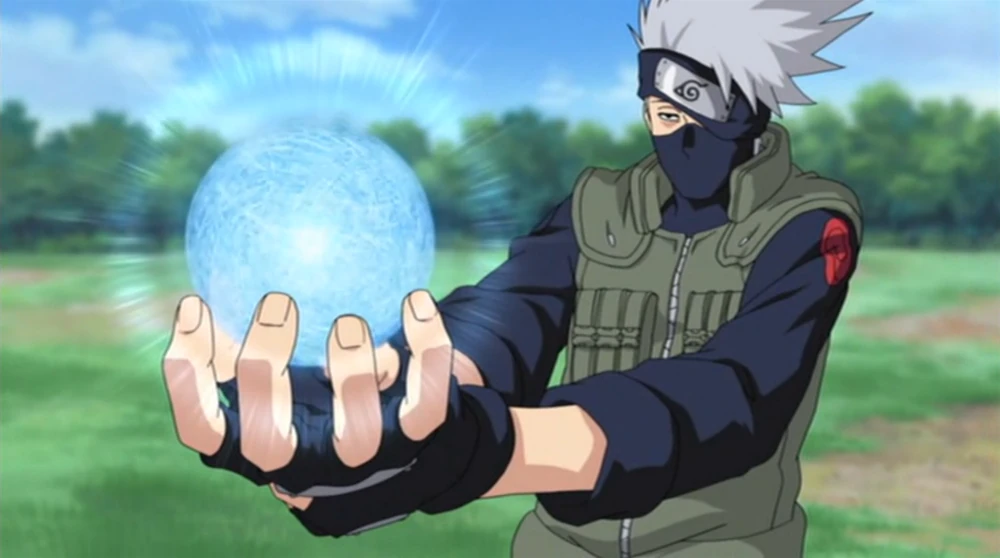
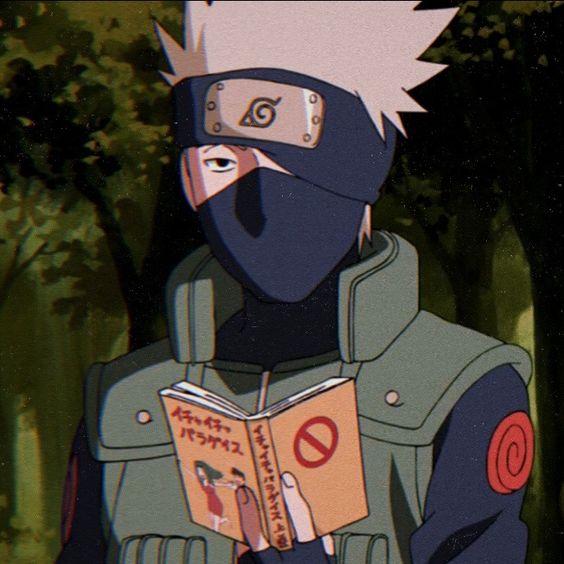 15. Original Image of Kakashi
15. Original Image of Kakashi
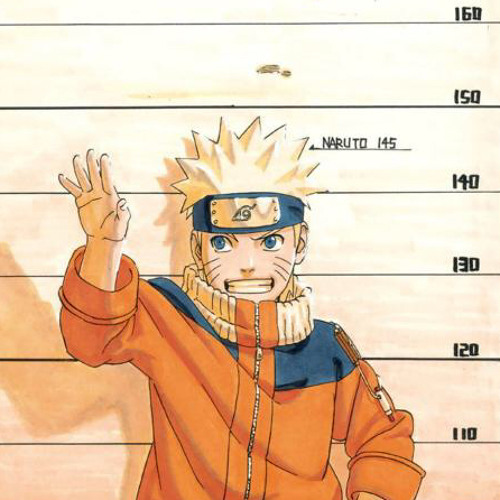 16. Height of Uzamaki
16. Height of Uzamaki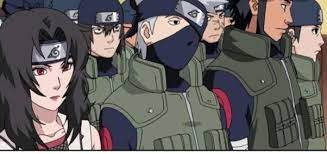
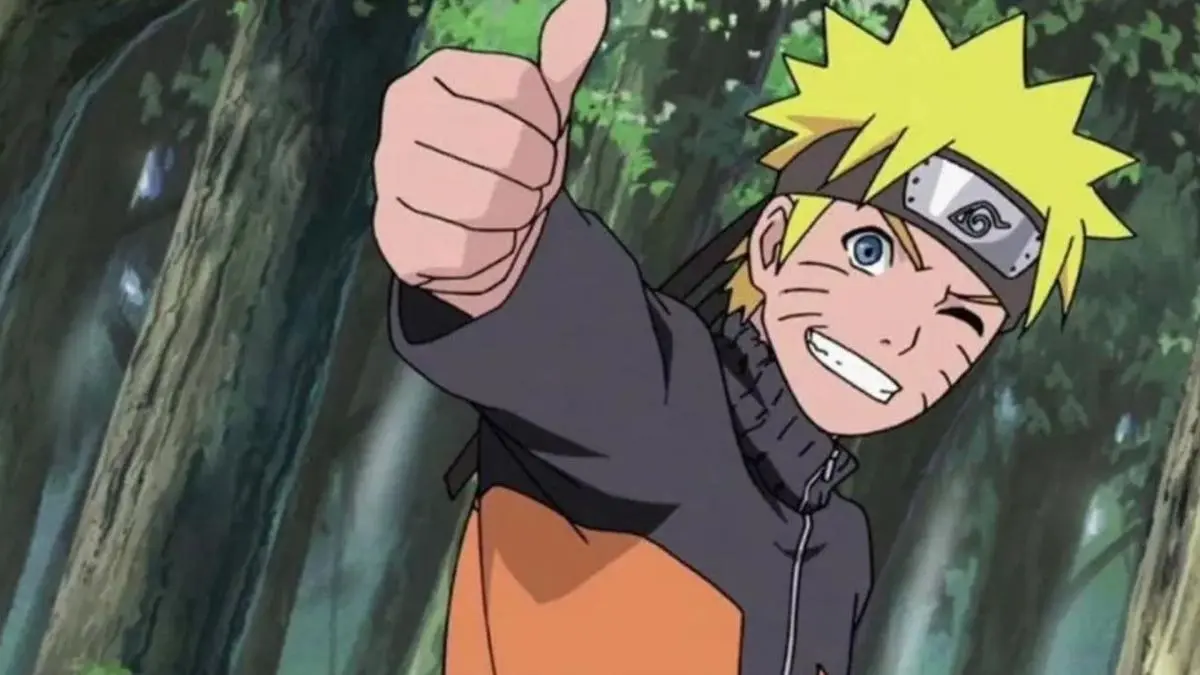 17. Child Soldiers in the World of Naruto
17. Child Soldiers in the World of Naruto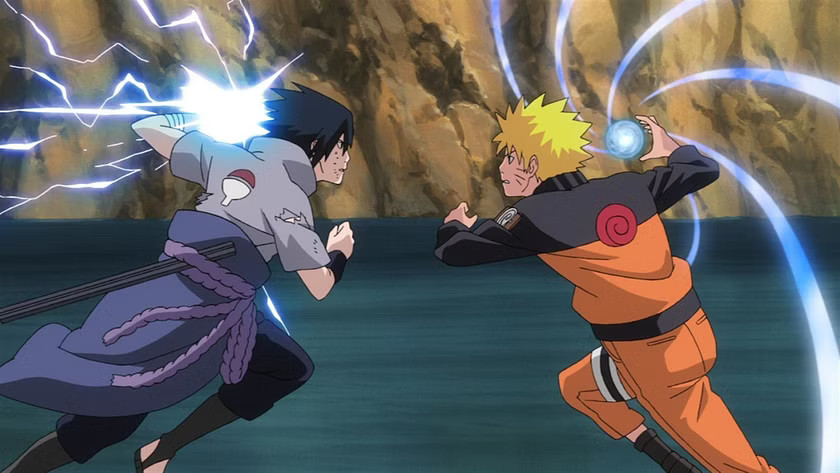
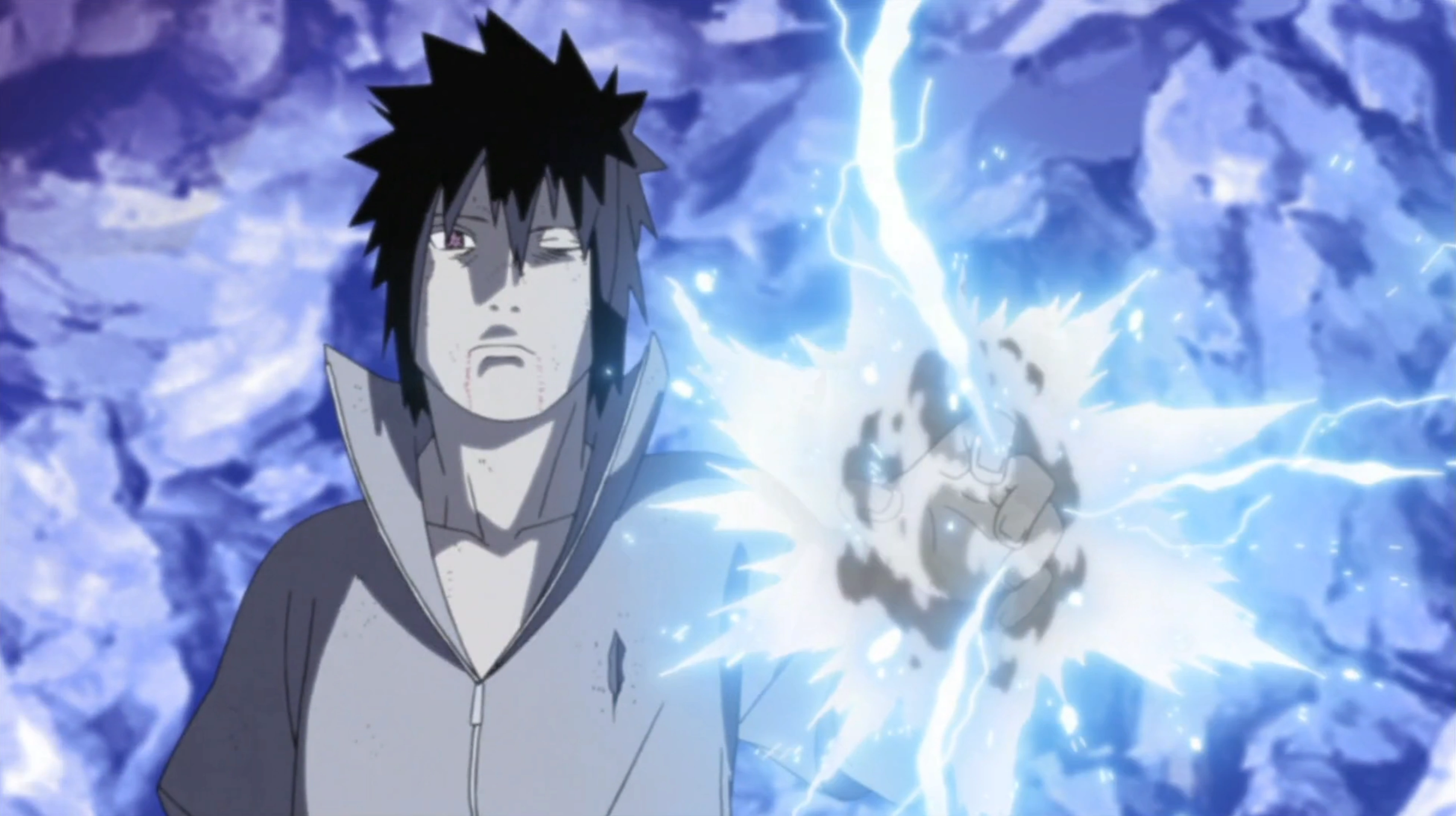 18. Sasuke's Unusual Element
18. Sasuke's Unusual Element
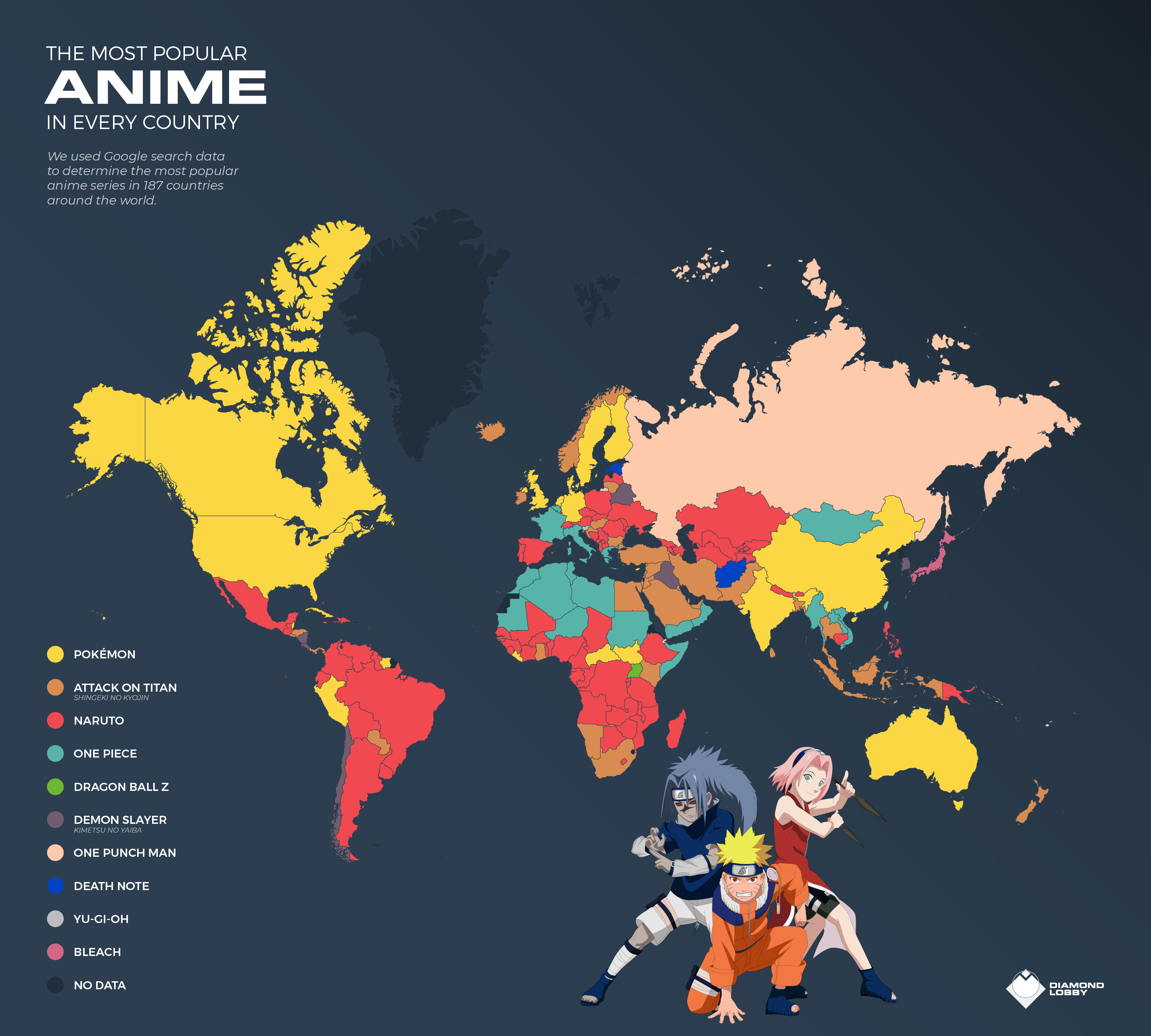 19. Naruto Among the Giants of Manga
19. Naruto Among the Giants of Manga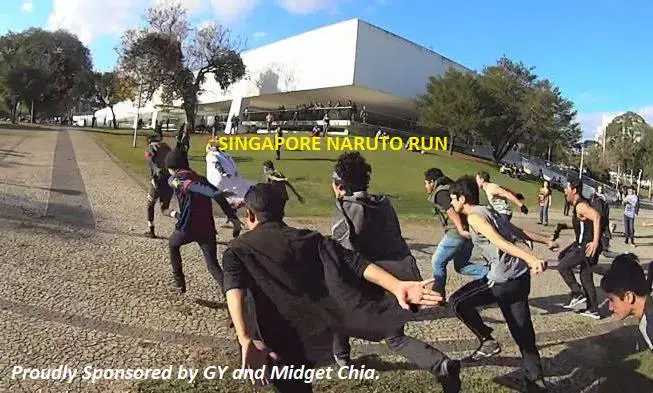
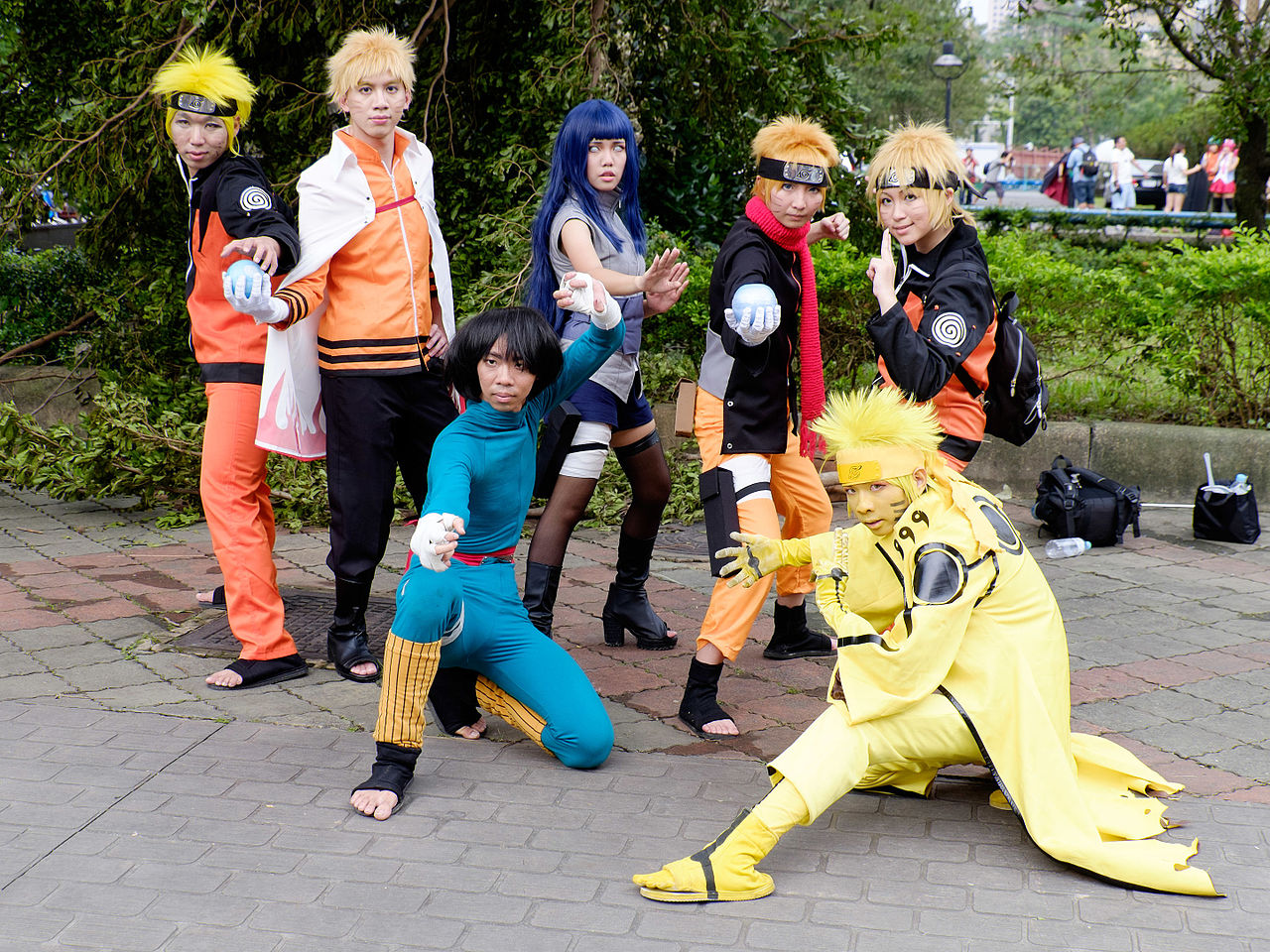 20. Naruto's Wide Range of Influences
20. Naruto's Wide Range of Influences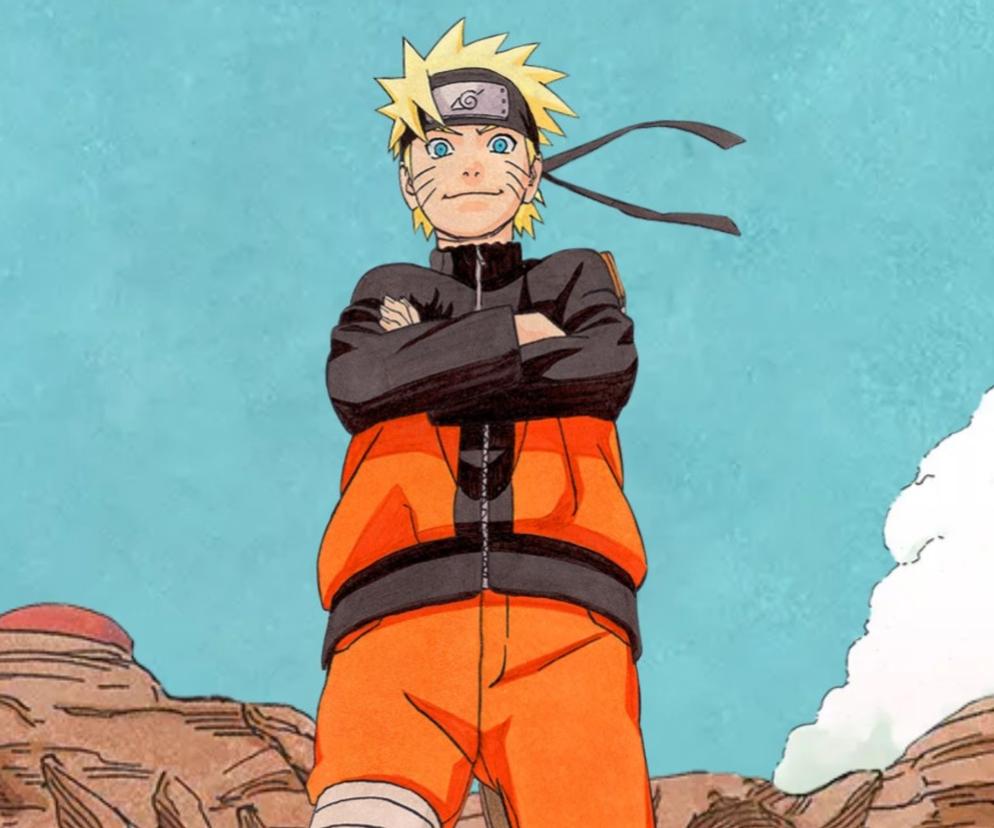 Naruto: A Timeless Cultural Phenomenon
Naruto: A Timeless Cultural Phenomenon

